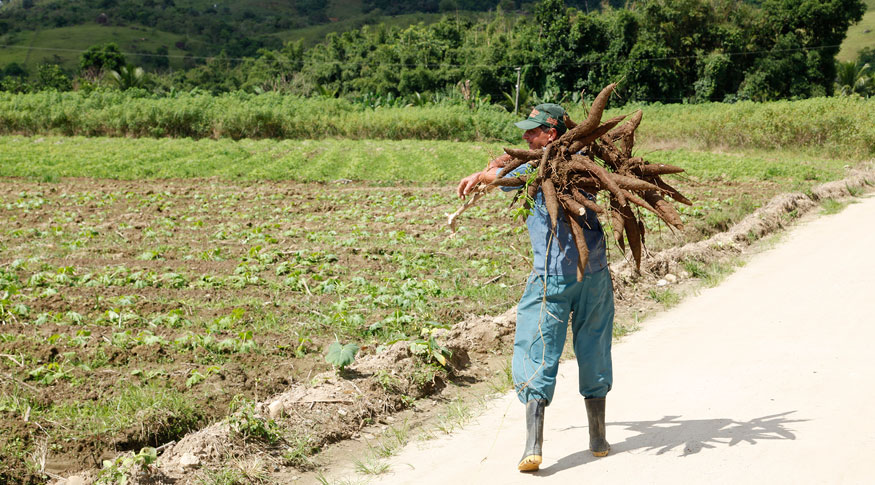Census of Agriculture 2017
In 11 years, family farming lost 9.5% of its establishments and 2.2 million jobs
October 25, 2019 10h00 AM | Last Updated: October 29, 2019 02h34 PM

Family farming in the country has shrunk. Data from the 2017 Census of Agriculture point to a decrease by 9.5% in the number of establishments classified as of the family farming type, against data from the previous Census (2006). The segment was the only to lose workforce. Whereas in non-family farming 702 new jobs were created, family farming lost a total 2.2 million workers.
According to Law 11,326, to be considered of the family farming type, the establishment has to be small (with up to 4 fiscal modules*); to have half of its workforce of the family farming type; the agricultural activity in the establishment should represent at least half of the family income; and to be managed by a family.
“Ten years later, the configuration of producers has changed. The number of establishments in which the producer is looking for a job elsewhere has increased; workforce from the family has decreased and so has the average number of employed persons. The establishment ends up not being classified as family farming because it is not in accordance with legal criteria”, says Antônio Carlos Florido, technical manager of the Census of Agriculture.
Another factor is the aging of heads of household, at the same time the children choose to have other activities out of the agricultural household, Luiz Fernando Rodrigues, deputy head of the 2017 Census of Agriculture. “People are getting old and that reduces the number of employed persons. Also, there is the increase of mechanization and of the hiring of services”, Mr. Rodrigues adds.
Law 11,326 was regulated by Decree 9,04/2017, which changed the way of classifying the establishment, especially in terms of the producer's income, since now it has to be obtained predominantly from the household. In 2017, among the 4.6 million small-sized establishments that could be classified as of the family farming type, only 3.9 met all the requirements.
Even so, family farming still represents the majority (77%) of agricultural establishments in the country, but, being small-sized, they use a smaller area, 80.89 million hectares, which is equivalent to 23% of the total agricultural area. In comparison with major establishments, responsible for the production of agricultural commodities for export, such as soybeans and corn, family farming accounts for a much smaller value of production: only 23% of the total in the country.
Considering the food consumed by Brazilians, family farming establishments have a significant participation. In permanent crops, the segment accounts for 48% of the value of production of coffee and banana; in temporary crops, they account for 80% of the value of production of cassava, 69% of pineapple and 42% of beans.
See a video showing Seu Laerte, a producer in a family farming establishment, interviewed in the first edition of the Retratos Magazine.


















